Understanding Close-Ended and Open-Ended Questions to Discover Customer Needs

Understanding the strategic use of close ended and open ended questions is essential for any sales professional looking to effectively discover and respond to customer desires. Here's how these questions work to uncover deeper insights and facilitate successful sales interactions:
Close Ended Question:
These questions are designed to obtain specific, concise answers, typically 'yes' or 'no'. They're crucial for clarifying details and moving the sales process forward efficiently.
Use close ended questions when you need to confirm details, qualify the prospects of genuine interest, or when guiding a prospect to make a decision.
Examples include: "Do you currently use a similar product?" or "Can we schedule a follow-up call next Tuesday?"
Open Ended Question:
Open ended questions are key to exploring the prospect's thoughts and feelings. They encourage a detailed response and help in uncovering the prospect's needs, challenges, and objectives.
These questions should be used to initiate sales conversations and during the discovery phase to build rapport. They help in gaining valuable insights about what the prospect values.
Examples are: "What challenges are you facing with your current provider?" or "How do you see this solution impacting your operations?"
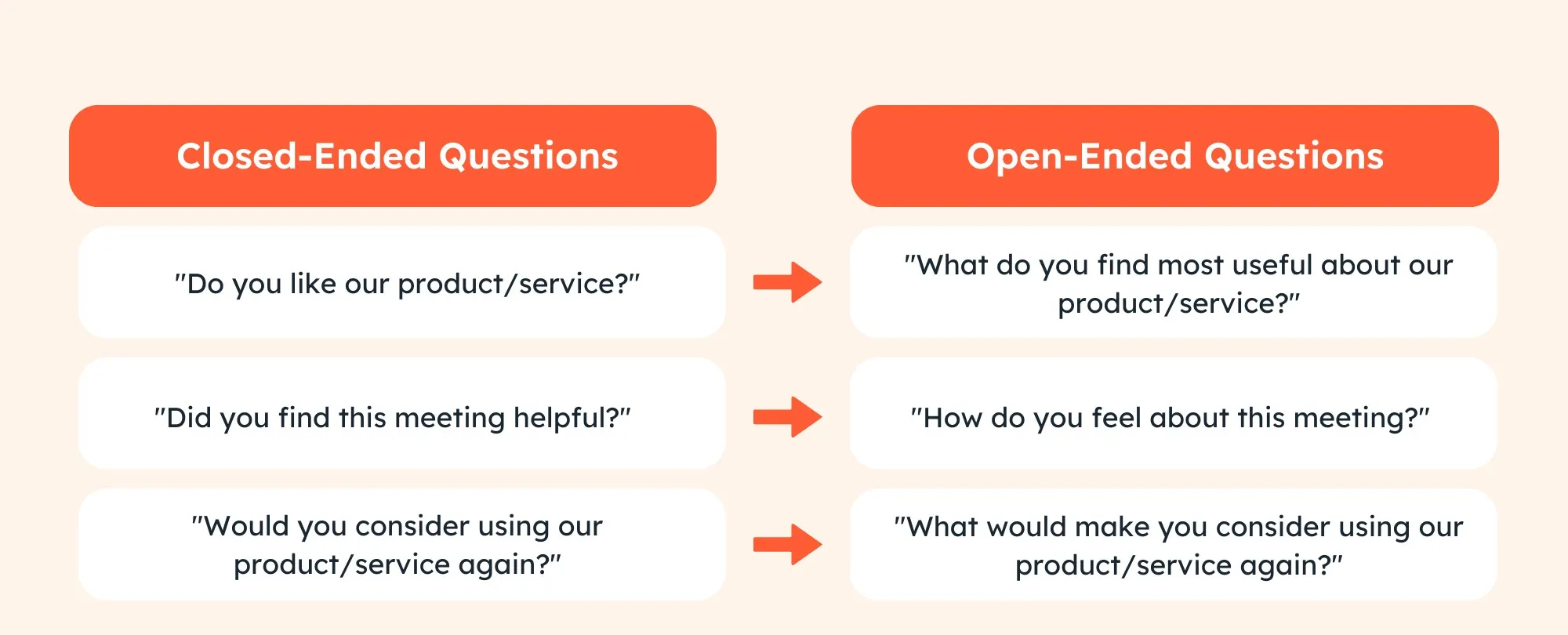
Integrating Both Question Types
By combining both open and close ended questions, sales reps can create a dynamic dialogue that helps in understanding the prospect's business from their sales discovery questions, while also moving the sales process towards a decision.
Start with open ended sales questions to gather broad information, and as the conversation progresses, employ qualifying questions to home in on specifics and next steps.
60 Sales Questions for Every Sales Professional to Discover Customer Desires
Rapport Building Sales Questions

Here are some of the best rapport-building questions designed to uncover customer desires, along with explanations of why these questions are effective:
1. "Can you tell me about the biggest challenges you're currently facing with your current process?"
- This open ended sales question encourages customers to share detailed information about their pain points and challenges. It shows genuine interest in their situation and sets the stage for presenting tailored solutions later in the sales conversation.
2. "What goals are you hoping to achieve with this new solution?"
- This question helps sales reps understand the prospect's objectives and aspirations. Knowing what the customer hopes to achieve can help frame the sales pitch in a way that aligns the product's benefits with these goals.
3. "How does your decision-making process typically look like when considering new solutions?"
- Understanding the prospect's decision-making process is crucial for navigating the sales process effectively. This question qualifies their buying cycle and identifies key decision makers, which is critical for structuring follow-up questions and interactions.
4. "In what ways has your current solution fallen short of your expectations?"
- This probes deeper into the customer's dissatisfaction with their current system, uncovering specific problems that your product or service could solve. It also sets a foundation for a compelling sales discovery questions session, identifying areas where significant value can be added.
5. "What would make this an ideal solution for you and your team?"
- It shifts the focus from general needs to specific desires, allowing the sales rep to understand precisely what the customer is looking for. This helps in crafting a more targeted and effective sales pitch that speaks directly to the customer’s needs.
6. "Could you share an experience where a product or service went above and beyond your expectations?"
- This question invites the prospect to recall a positive experience, which not only builds a positive association but also gives insight into their standards and expectations. It provides valuable information on how to exceed their expectations and close the deal.
7. "How do you measure success when it comes to the tools and services you use?"
- By asking about their success metrics, you gain insights into what outcomes are most valuable to them. This knowledge can guide the sales team in emphasizing how their solutions can meet and exceed these benchmarks.
Needs Discovery Sales Questions

Here are some of the best needs discovery questions to ask customers, along with explanations for why these questions are effective:
8. "What prompted you to look for a solution now?"
- This question helps identify the triggers that led the customer to consider a new solution. Understanding these triggers can provide insights into the urgency and specific factors influencing their decision-making process.
9. "Can you describe your ideal outcome once this problem is resolved?"
- This open-ended question encourages the customer to envision their success scenario, providing a clear target for what they hope to achieve. Sales reps can use this information to align their sales pitch directly with the customer's goals.
10. "What features are most important to you in a solution, and why?"
- By asking about specific features and the reasons behind their importance, sales reps can better understand the customer’s priorities and potential deal-breakers. This information is crucial for recommending the most suitable product or service options.
11. "How does this challenge affect your day-to-day operations?"
- This question digs into the practical impacts of their current issues, revealing the broader implications on their business operations. It helps the salesperson highlight how their solution can alleviate these daily struggles.
12. "What have you tried previously to address this issue, and what were the results?"
- Understanding past attempts and their outcomes can prevent recommending solutions that may not work, ensuring that the proposed options are both fresh and promising. This approach demonstrates a thorough understanding and commitment to genuinely solving the customer's problem.
13. "Who else in your organization will be impacted by this decision?"
- This question identifies other stakeholders involved in the purchasing decision. Knowing who else needs to be considered or convinced can guide the sales process, especially in tailoring communications and presentations.
14. "What is your timeline for implementing a solution?"
- Timing can be a critical factor in sales negotiations. This question helps align the sales strategy with the customer’s expected timeline, indicating how quickly a solution needs to be delivered.
15. "What budget have you allocated for this solution?"
- Directly discussing the budget helps ensure that the solutions discussed are financially viable for the customer. This transparency helps avoid wasting time on options that are outside the customer's budget range.
Qualifying Sales Questions

These questions help to ascertain the potential customer's needs, buying power, and readiness to purchase. Here are some effective qualifying questions, with explanations of why they work:
16. "What are the key challenges you are currently facing in your role?"
- This question helps identify the prospect’s pain points and whether your product can address these issues. It establishes a foundation for demonstrating how your solution can alleviate their specific challenges.
17. "Can you walk me through your purchasing process?"
- Understanding how a company makes purchasing decisions, including who needs to be involved and what steps are required, allows sales reps to tailor their approach to fit within the prospect's internal framework. It also helps in identifying any potential obstacles early in the sales process.
18. "What budget have you set aside for this type of solution?"
- Discussing the budget upfront ensures that the solutions being considered are within the prospect's financial capacity. It saves time by focusing the conversation on realistically attainable options.
19. "Who else is involved in the decision-making process?"
- This question helps identify all the decision makers, such as key stakeholders or decision makers, ensuring that future communications and proposals can be directed appropriately. It's crucial for tailoring the sales pitch and handling objections effectively.
20. "What solutions have you tried in the past, and why are you seeking a change now?"
- This allows the sales rep to learn from the prospect's previous experiences and dissatisfaction. Knowing what hasn’t worked helps in proposing a new solution that better aligns with their current needs and avoids previous pitfalls.
21. "What is your timeline for implementing a new solution?"
- Timing can significantly influence the sales decision. This question determines how urgent the need is for the solution and how quickly you need to act to meet their timeline, enabling better alignment of your sales strategy.
22. "How does this investment align with your strategic objectives?"
- This question ties the potential purchase to the larger goals of the prospect’s organization. It helps in understanding how critical the purchase is in terms of strategic value, which can aid in prioritizing this lead over others.
Solution-Oriented Sales Questions
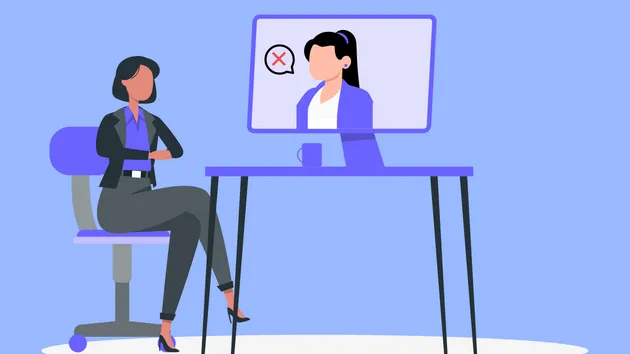
These questions aim to demonstrate a deep understanding of the customer’s issues and how specific solutions can resolve them. Here are some powerful solution-oriented sales questions, with explanations of why they work effectively:
23. "How do you see our solution fitting into your current buying process?"
- This question directly integrates your solution into the customer's existing purchasing flow, helping both parties understand how easy or complex integrating a new solution might be. It demonstrates that you are genuinely interested in making the implementation as smooth as possible.
24. "In what ways can our product improve the efficiency of your sales and marketing teams?"
- By focusing on specific teams, this question highlights the direct benefits your solution offers, facilitating a deeper connection with how these benefits can streamline operations or enhance productivity.
25. "What outcomes are you expecting from this solution to consider it a success?"
- This ensures that both parties are on the same page regarding expected results. It helps in setting achievable goals and demonstrates your commitment to meeting their specific success criteria.
26. "Can you describe a situation where our solution could have helped resolve a past issue?"
- Asking for a specific instance makes the conversation more tangible and relatable. It allows the customer to visualize the practical benefits of your solution, strengthening the personal connection and relevance of your offering.
27. "What features are most critical to you, and how do you prioritize them?"
- This helps in tailoring your sales pitch to highlight features that are most valuable to the customer, ensuring that the solution is presented in a way that aligns with their priorities.
28. "If you could wave a magic wand and alter any aspect of your current tools, what would you change?"
- This creative approach encourages the customer to freely express their desires and frustrations, providing you with clear insights into how your solution can be positioned as the ideal fix.
29. "What steps can we take to ensure a smooth transition and quick adoption of our solution within your team?"
- This question shows proactive thinking and dedication to customer satisfaction beyond just closing more deals. It addresses potential concerns about implementation and user adoption, crucial for securing long-term success and customer loyalty.
30. "How do you measure success for the solutions you implement, and how can we align our product to these metrics?"
- It aligns your solution with the measurable outcomes that matter most to the customer. This strategic alignment is crucial for demonstrating the tangible value and effectiveness of your solution, making the decision to proceed more compelling.
Objection Handling Sales Questions
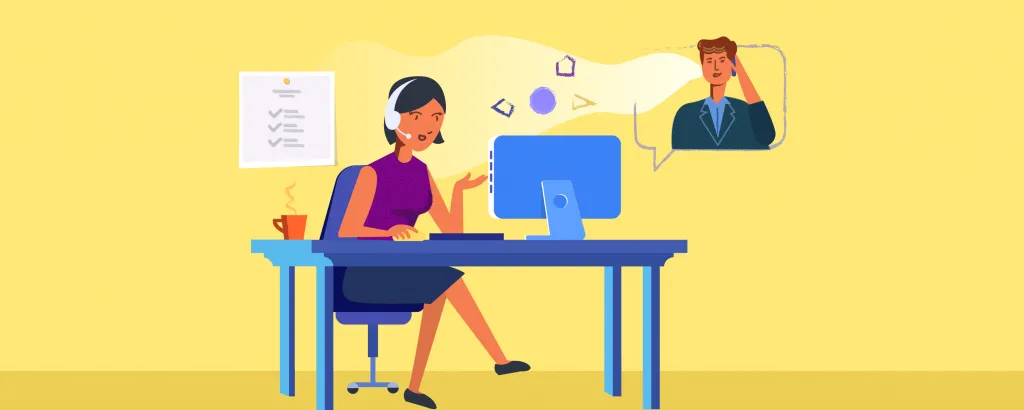
Here are some strategic questions designed to handle common objections during sales calls, along with explanations for why they work:
31. "Can you help me understand what specifically concerns you about this solution?"
- This open-ended question for sales invites the prospect to share more detailed information about their reservations. It helps clarify the nature of the objection, allowing the sales rep to address it more effectively.
32. "What would an ideal solution look like for you?"
- When facing an objection, this question redirects the conversation towards the prospect's expectations and needs. It provides valuable insights that can be used to tailor the sales approach or modify the offering.
33. "Is budget the main barrier, or are there other aspects you're also considering?"
- This question helps to determine if the price is the real issue or if there are underlying concerns that need to be addressed. It allows the sales rep to explore and understand all facets influencing the prospect’s decision.
34. "Have you implemented a similar solution in the past, and what was your experience?"
- This question draws out past experiences that may be influencing the prospect's current hesitations. Understanding previous disappointments or successes can guide the sales rep in offering a better and more suitable solution.
35. "Could I provide some examples of how other clients overcame similar challenges with our solution?"
- Offering case studies or testimonials reassures the prospect and mitigates concerns by demonstrating the effectiveness of the solution in similar scenarios.
36. "If we could find a way to deal with [specific objection], would you be ready to move forward with the purchase?"
- This question isolates the objection and confirms whether it's the only hurdle. If the objection is resolved, this commitment question gently nudges the prospect towards making a decision.
37. "How does this solution align with your strategic goals?"
- By linking the solution to the prospect's strategic goals, this question helps the prospect see the long-term benefits and importance of the solution beyond the immediate concerns.
38. "Can we revisit what prompted you to consider our solution initially?"
- This question brings the conversation back to the initial reasons the prospect considered the solution, which can help rekindle their interest and focus on the solution’s benefits that attracted them at the start.
Future Planning Sales Questions
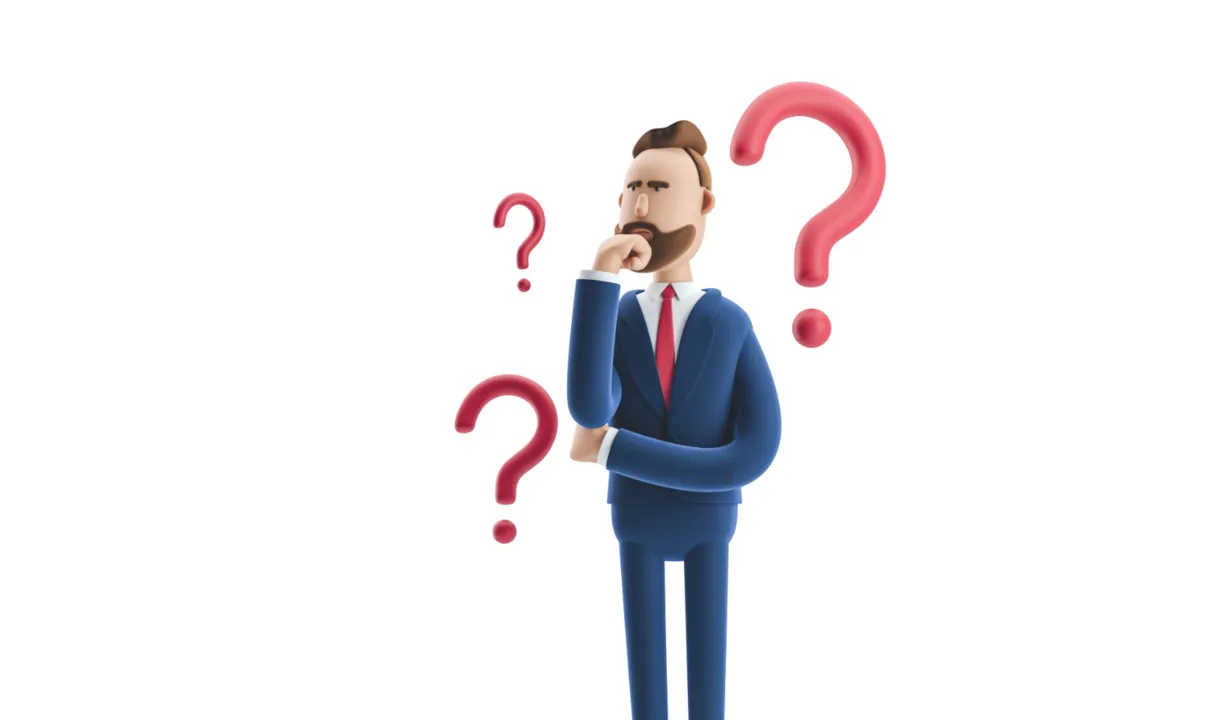
Future planning sales questions are designed to help sales professionals understand the long-term goals and aspirations of their prospects, aligning solutions with future needs. Here are some of the best future planning sales questions, along with explanations for why each question is effective:
39. "Where do you see your company in the next 5 years, and what are your major goals to achieve that vision?"
- This question prompts the prospect to share their strategic objectives, giving the sales rep insight into their long-term plans. It helps in aligning your product or service as a crucial component in achieving these goals.
40. "What are the upcoming challenges you anticipate as your organization grows?"
- Understanding anticipated challenges allows you to position your solutions as preventative measures or tools to handle future issues. It demonstrates foresight and a commitment to the prospect's long-term success.
41. "How do you plan to scale your operations, and what role do you see our solutions playing in that process?"
- This question helps gauge the scalability of your offerings in the context of the prospect’s growth. It also involves your product in their growth narrative, establishing a deeper partnership rather than a simple vendor-client relationship.
42. "Are there any significant market or industry changes you're preparing for?"
- By asking about external factors, you can understand what external pressures the prospect faces and how your solutions might help them adapt more effectively. This question showcases your concern for their broader business environment.
43. "What investments in technology or infrastructure are you considering to support your future business needs?"
- This question identifies potential opportunities where your products or services could be beneficial. It also helps in understanding their priority areas for investment, allowing you to tailor your recommendations.
44. "What skills or capabilities do you feel your team needs to develop to meet your future business objectives?"
- This question uncovers potential gaps in the prospect’s team that your solutions might fill, whether through training, support, or direct solution offerings. It aligns your product as a developmental tool, integral to their growth.
45. "How do you intend to measure success for the projects or solutions you implement in the next few years?"
- Knowing how a prospect measures success allows you to align your solution’s benefits with these metrics. This alignment ensures that the value of your solution is clear and quantifiable in terms the prospect prioritizes.
Closing Sales Questions
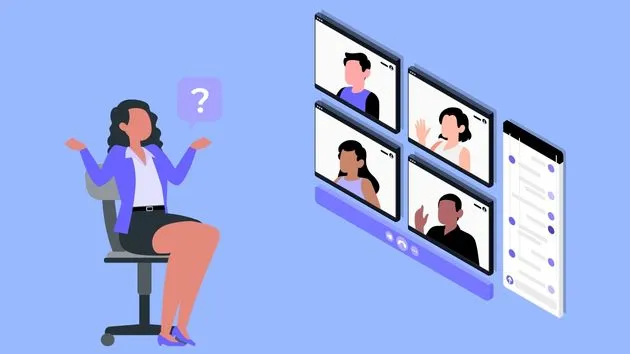
Here are some of the best closing sales questions, along with explanations for why they work effectively:
46. "Based on our discussion, how well does our solution meet your needs?"
- This question encourages the prospect to reflect on the conversations and acknowledge the fit of the solution to their needs. It’s a soft close that allows the sales rep to gauge the prospect's satisfaction with the proposed solution and to clarify any unresolved issues.
47. "What are the next steps you see from here?"
- Asking the prospect to outline the next steps involves them actively in the decision-making process. It naturally leads them to consider moving forward with the purchase and highlights any remaining obstacles that need to be addressed.
48. "Do you have any concerns that would prevent you from moving forward with this solution?"
- This question gives the prospect an opportunity to voice any last-minute hesitations, allowing the sales rep to address these concerns directly. Resolving these issues can pave the way for a smoother closing process.
49. "Is there anything else you need from us to help you make a decision?"
- This question ensures that all the prospect's needs have been met and that no stone has been left unturned in demonstrating the value of the solution. It positions the sales rep as attentive and customer-focused, enhancing the prospect's confidence in making a decision.
50. "If we could find a way to deal with [specific objection], would you be prepared to proceed with the purchase?"
- Targeting a specific objection and proposing a hypothetical solution can help isolate the barrier to closing. This question encourages the prospect to commit if their concerns can be successfully addressed.
51. "Can we finalize this today so you can start benefiting from the solution as soon as possible?"
- This direct closing question is effective after thoroughly discussing the benefits and addressing any objections. It prompts immediate action by emphasizing the benefits of using the solution quickly.
52. "How does the proposal sound to you?"
- This question invites the prospect to give their approval of the proposal, leading to a discussion about any potential tweaks or a confirmation that everything is in place for a decision.
Follow-Up Sales Questions
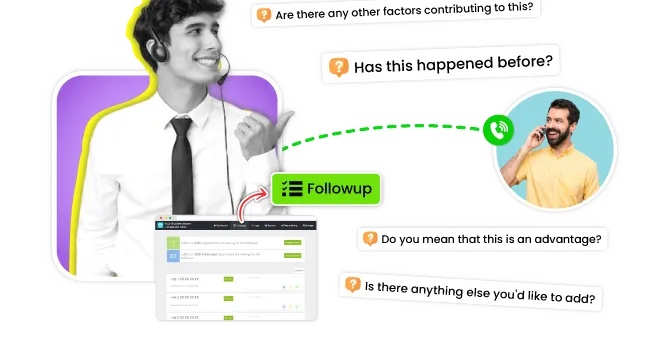
Effective follow-up sales questions are vital for maintaining momentum in the sales process and ensuring that the potential customer remains engaged and interested. Here are some of the best follow-up questions, along with explanations for why they work effectively:
53. "Have you had a chance to review the proposal/information we discussed?"
- This question is a gentle nudge that prompts the customer to revisit the information provided and brings the conversation back to their attention. It also opens the door for them to ask additional questions or express any concerns they might have.
54. "What feedback do you have for us on the solution we proposed?"
- This invites open dialogue and honest feedback. It shows that you value the prospect's opinion and are open to making adjustments to better meet their needs.
55. "Are there any additional questions or concerns you have that we haven’t addressed yet?"
- This question helps uncover any residual hesitations that the prospect might have. Addressing these concerns promptly can help move the sales process forward.
56. "Since our last conversation, have any new needs or priorities emerged on your end?"
- This question recognizes that business needs can evolve quickly, and staying updated on these changes is crucial. It demonstrates your commitment to providing a solution that aligns with their current situation.
57. "Can you walk me through your decision-making process and who else is involved in this decision?"
- Understanding the prospect's decision-making structure can help you tailor your follow-up strategy and engage effectively with other decision-makers.
58. "What can I do to assist you in making this decision?"
- By offering help, you position yourself as a partner rather than just a vendor. This supportive approach can make the prospect feel more comfortable and confident in making a decision.
59. "Is there a timeline you’re working towards for implementing a solution?"
- This question helps establish a timeframe for the decision-making process, which can guide your follow-up strategy and urgency.
60. "How would you like to proceed from here?"
- This direct question encourages the prospect to take the next step, whether it’s further discussion, modification of the proposal, or moving towards a purchase.
How to Master Sales Questioning for Better Conversations

Mastering the art of sales questioning is crucial for driving better, more effective sales conversations. By asking the right questions, sales professionals can uncover the true needs and desires of their prospects, guiding them through the sales process in a way that feels both personalized and consultative.
Understand the Types of Questions to Use
Open-ended questions: These are designed to encourage a full, meaningful answer using the subject's own knowledge and/or feelings. Open-ended questions are powerful because they open up the conversation, allowing the customer to express their thoughts and providing richer insights.
- Example: "What challenges are you currently facing in your role?"
Closed-ended questions: Useful for clarifying specific points and gathering concise information. They typically require a short, direct answer like 'yes' or 'no'.
- Example: "Do you currently use a solution for this problem?"
Establish the Conversation's Purpose
Discover Needs: Your primary goal in a sales conversation should be to understand the prospect's needs as deeply as possible. This not only helps in tailoring your approach but also ensures that you can align your product's benefits with those needs.
- Use a mix of open-ended questions to explore needs and closed-ended questions to confirm understanding.
- Surveys have shown that top-performing salespeople spend about 40% more time on customer discovery than their peers.
Build Rapport: Establishing a connection with the prospect can significantly increase your chances of a successful outcome.
- Ask questions about the prospect’s business and show genuine interest in their answers.
- Example: "I noticed your company recently expanded into Asia; how has that process been for your team?"
Adapt Questions Based on Responses
Listening actively: Pay close attention not just to the answers you receive, but also to what is left unsaid. This will allow you to adapt your questions and dig deeper where necessary.
- Active listening proves to the customer that you value their input, fostering a stronger relationship and trust.
- Studies indicate that salespeople who practice active listening can increase their likelihood of closing a sale by up to 25%.
Follow-up questions: These are critical for delving deeper and uncovering the layers of a prospect’s challenges and needs.
- Example: "You mentioned that time management is a big challenge; can you tell me more about what’s causing this?"
Use Strategic Question Placement
- Early conversation: Focus on broad, open-ended questions to open up the discussion and gather as much context as possible.
- Mid-conversation: Utilize more specific questions to hone in on details and start aligning your solutions with the prospect's needs.
- Closing: Ask direct questions that encourage decision-making, such as assessing readiness to proceed with a proposal.
How to Ask the Right Questions in the Buying Process

Asking the right questions in sales is both an art and a science. It requires understanding the customer's needs, building rapport, and guiding the conversation towards a successful outcome. Here’s how you can master this crucial skill:
Set Clear Objectives for Each Interaction
Before you even begin a conversation, know what you aim to achieve. Are you trying to discover a customer's pain points, gauge the stage of their buying process, or understand their decision-making structure? Setting clear objectives will guide the direction of your questions.
- Goals help you choose the right type of questions to ask, ensuring each query moves the conversation forward toward your desired outcome.
- Example: If your objective is to understand a customer's budget constraints, you might ask, "Could you share with me how the budgeting process is managed for new solutions in your department?"
Tailor Your Questions to the Buyer’s Journey
Understanding where the prospect is in their buying journey allows you to tailor your questions appropriately, providing relevant information at the right time.
Early Stage: Focus on open-ended questions to gather broad insights.
- Example: "What goals are you aiming to achieve this quarter?"
Middle Stage: Start asking more specific questions that relate to their potential use of your product or service.
- Example: "How do your current processes challenge or support your team’s productivity?"
Decision Stage: Utilize closed-ended questions to confirm details and next steps.
- Example: "Are you ready to proceed with a trial of our solution next month?"
Use Strategic Question Types to Uncover Deeper Insights
Open-Ended Questions: Stimulate conversation and elicit richer responses.
- These questions encourage the prospect to think and reflect, providing more detailed information that can reveal underlying needs or concerns.
- Example: "Can you walk me through a typical day handling these operations?"
Probing Questions: Dive deeper into specific areas uncovered by initial responses.
- Probing helps clarify and expand upon earlier points, demonstrating your interest and helping you gather essential details.
- Example: "You mentioned inefficiencies in the system; what specific issues have been the most challenging?"
Reflective Questions: Echo what the prospect has said to confirm understanding and encourage them to expand.
- Reflective questions validate the speaker's feelings and repeat what has been said, which helps in building trust and ensuring accurate comprehension.
- Example: "So, if I understand correctly, your main concern is speeding up the delivery process without compromising quality?"
Develop Active Listening Skills
Active listening is vital when asking questions. It involves fully concentrating on the speaker, understanding their message, responding thoughtfully, and remembering what is being said.
- Active listening ensures that your follow-up questions are relevant and based on accurate information, which reinforces the prospect’s confidence in your attentiveness and competence.
- Example: If a prospect describes a specific problem, your follow-up should directly address or relate to that issue, such as, "Given the challenges with delivery times you mentioned, how impactful would improving turnaround be for your business?"
Adjust Questions Based on Feedback and Responses in Your Sales Process
Pay attention to the prospect’s non-verbal cues and responses. Adjust your questions dynamically to maintain engagement and delve deeper into their real needs.
- Adapting your questions shows that you’re responsive to the prospect’s specific situation and not just following a script. This flexibility can help uncover critical information that a rigid questioning approach might miss.
- Example: If a prospect seems enthusiastic about a particular topic, explore further with related questions, like "It sounds like this is a key area of focus for you—what other improvements would you like to see in this area?"
Provide Options Through Questions
Instead of asking for a decision directly, offer options through your questioning that guide the prospect towards making a choice themselves.
- Giving options empowers the prospect, providing them with a sense of control in the decision-making process. This approach can reduce pressure and increase their comfort in making a commitment.
- Example: "Would you find it more useful to start with a pilot program to see the results firsthand, or would a full rollout better align with your timelines?"
Incorporate Contextual Knowledge
Bring your industry knowledge and insights into the conversation to ask more informed, contextual questions. This demonstrates your expertise and understanding of the prospect's challenges and the specific landscape they operate in.
- Knowledge-based questioning underscores your credibility and can help you guide the conversation towards areas where your solutions align naturally with their needs.
- Example: "Considering the recent changes in industry regulations, how has your strategy adapted to stay compliant and efficient?"
Concluding Thoughts
In conclusion, mastering sales questioning is essential for every sales professional aiming to discover and address customer desires effectively. The ability to ask the right mix of open-ended and ended questions for sales will not only help in gathering valuable insights but also in building rapport and guiding the conversation towards a successful close.
By strategically using different types of questions at various stages of the sales interaction, sales professionals can create a dynamic and engaging dialogue that uncovers deeper customer needs and drives more meaningful connections. Remember, the skill of asking the right questions at the right time is key to turning potential leads into loyal customers.
Further Reading
Enhance your sales questioning techniques with these invaluable resources, designed to provide you with actionable insights and effective tools for success:
- Mastering Discovery Questions in Sales: Delve into our comprehensive guide on crafting impactful discovery questions that uncover customer needs and desires, essential for any sales professional.
- Effective Email Templates for Sales: Explore a range of email templates tailored for sales professionals. These templates are designed to help you engage prospects and maintain communication throughout the sales process.
- Optimizing Outreach with Proven Templates: Discover the art of successful outreach with our collection of templates. Learn how to make each interaction count and drive your sales objectives forward.
- How to Market with Email: Gain insights into email marketing techniques that can enhance your sales strategy. This guide offers practical tips on using email to effectively market your products or services.
- Unlocking Success with Lead Generation: Enhance your lead generation efforts with outbound strategies that drive sales. Learn how to implement tactics that increase engagement and convert leads into customers.
Each of these resources is crafted to provide you with the knowledge and skills needed to refine your sales questioning techniques and enhance your overall sales effectiveness.








